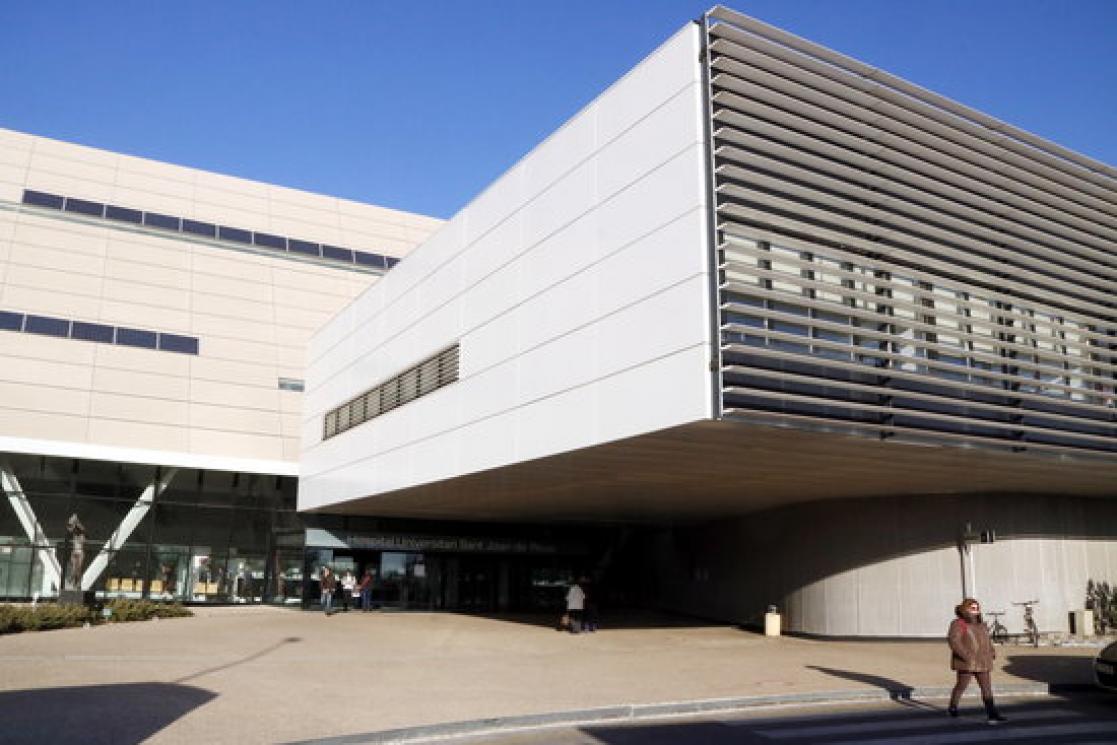BarcelonaIn patients with amyotrophic lateral sclerosis (ALS), motor neurons wear out and die so they can no longer control basic muscle movements such as speech, breathing or movement. The cause of this degenerative disease is still unknown, but scientists from the National Center for Oncological Research (CNIO) have taken a step forward and identified the possible hereditary origin of ALS. The responsibility lies in the accumulation of unwanted proteins, which are compounds that have no function, but when they accumulate in nerve cells, they prevent the cell from functioning properly. The study that led to this explanation was published Friday in the journal Molecular cell.
Patients with hereditary ALS, in the vast majority, share mutations in a specific gene, C9ORF72. The researchers explained that based on this change, patients produce toxic proteins that stick to the DNA and RNA of the infected person as if they were “tar.” Researchers have now discovered that the toxin has a “particularly severe” effect on the manufacturing of new ribosomes, the structures in cells responsible for producing proteins. There is then an excess of these proteins, which accumulate and collapse the cellular cleaning system, ultimately leading to the death of the patient's motor neurons.
Since the problem is an increase in these bad compounds, the researchers studied the cells' strategies for producing fewer ribosomes: through genetic and pharmacological manipulation, they turned off two mechanisms that generate these structures and verified that the toxicity is reduced due to a decrease in the number of harmful substances. Proteins are produced. However, they call for caution in interpreting these results, because currently these trials “simply indicate that there may be” unexplored pathways to finding treatments against the disease.
aging
The challenge, the authors insist, is to find ways to reduce the production of ribosomes so that harmful proteins are reduced while ensuring there are enough for the proper functioning of cells. In addition, the study results also open the door to aging research, as they describe a new causal factor in this process: nuclear stress. It is a molecular mechanism that brings together the changes experienced by those responsible for producing ribosomes. They are called nucleoli and are part of the cell nucleus. Through this work, they observed how nuclear stress induces toxicity in animal cells, and provided direct evidence that this type of stress accelerates aging in mammals.

“Infuriatingly humble social media buff. Twitter advocate. Writer. Internet nerd.”



